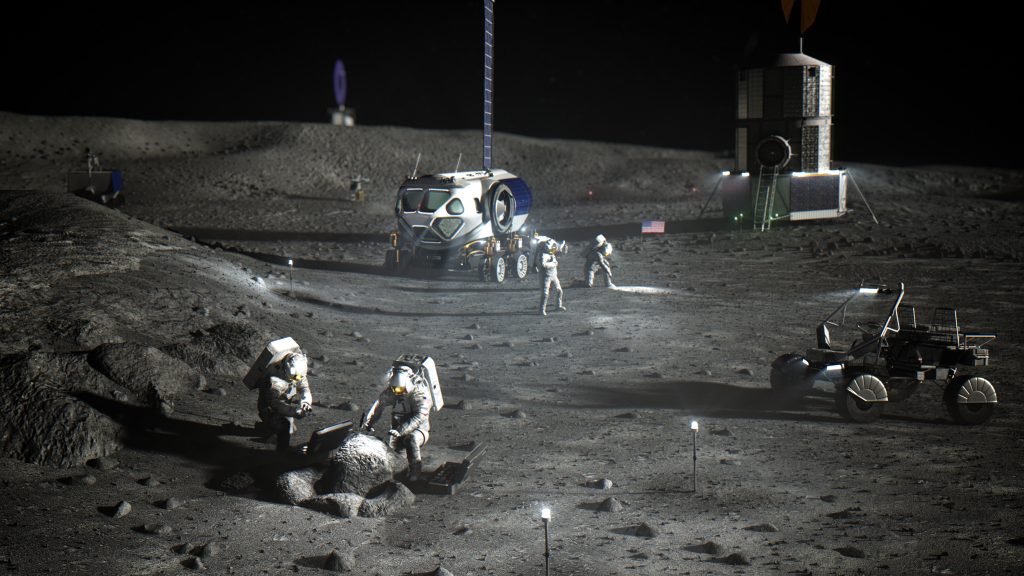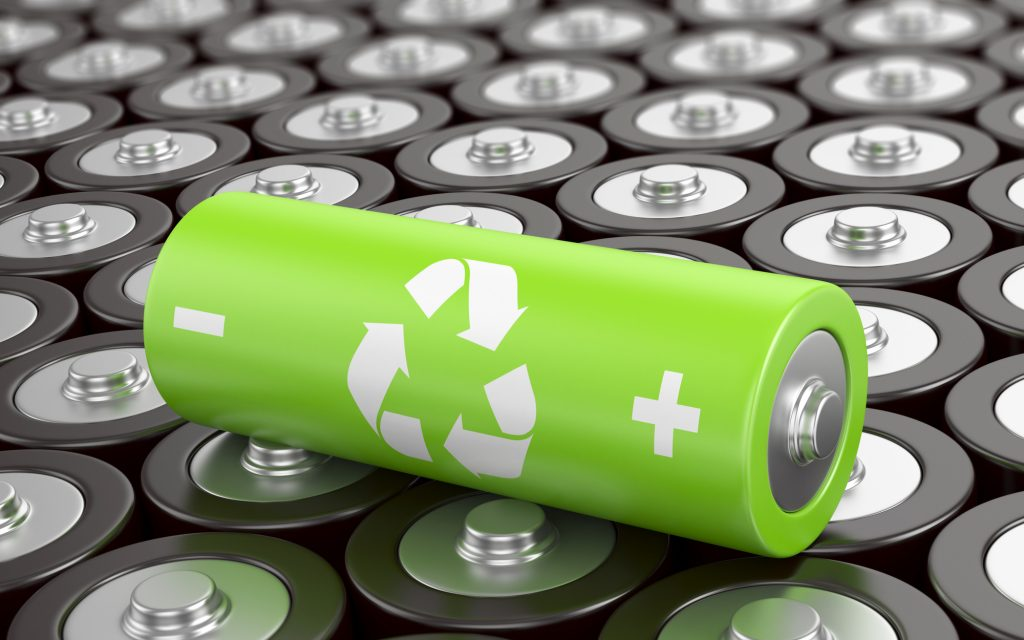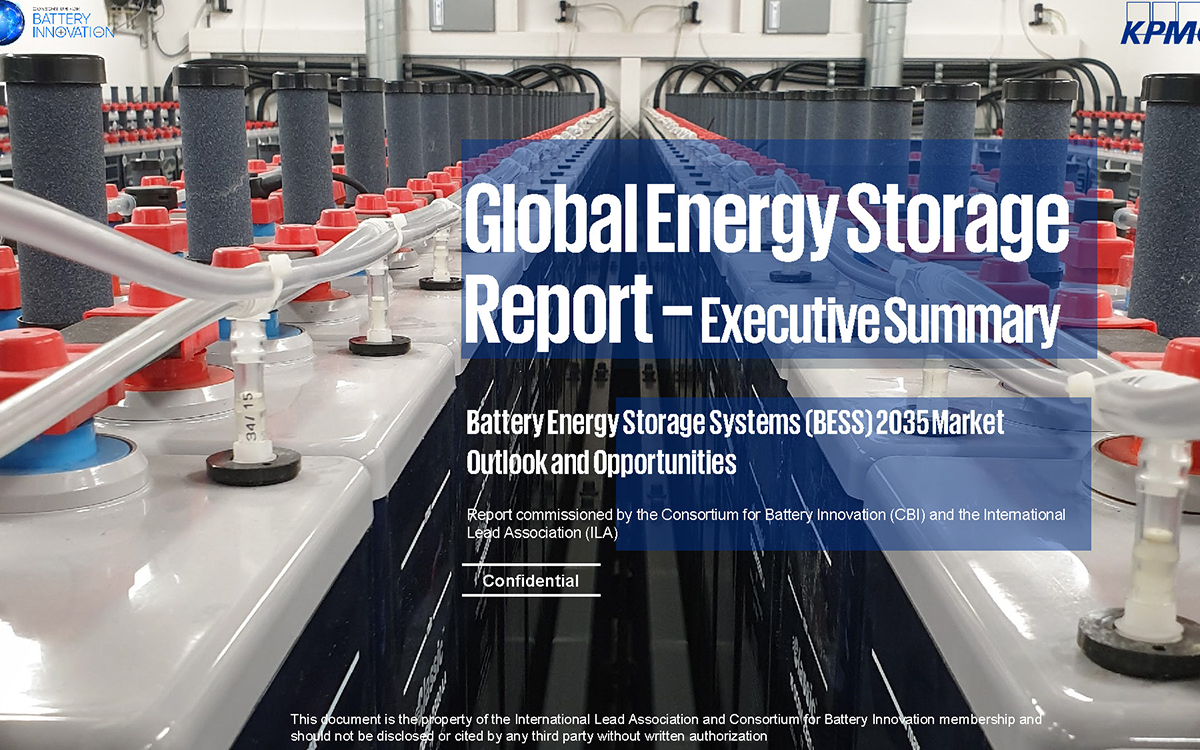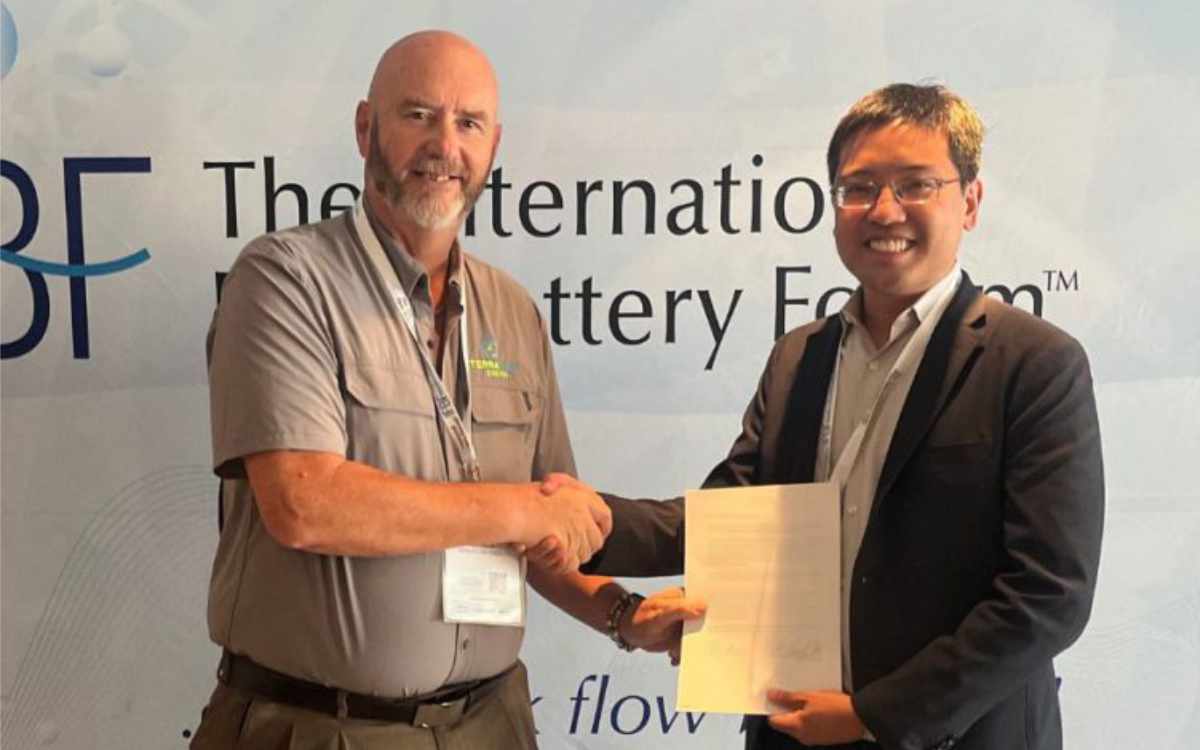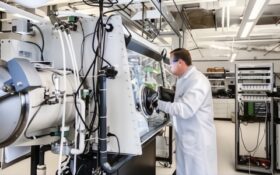Sandia National Laboratories is working with NASA to design a microgrid suitable for lunar conditions.
Previously, Sandia has worked with NASA on the radioisotope thermoelectric generators that have powered some of the Apollo missions’ lunar experiments.
NASA’s plan for its concept Artemis lunar base camp consists of a habitation unit, plus the potential for separate mining and fuel processing facilities. These facilities are intended to produce water, oxygen, rocket fuel and other materials needed for greater exploration of the moon’s surface, with less dependence on supplies from the earth. This facility will be located away from the base camp itself to avoid disruption to other scientific and technological studies; the electrical grid for the two units will be connected during emergencies for resiliency and robustness.
Sandia is designing the electrical system controller for the mining and processing centre microgrid, while NASA will design the system controller for the habitation base unit. Sandia engineers are developing the system to connect the two microgrids and studying the power flow and operation between them.
Electrical engineer Jack Flicker explained some of the challenges: “The geographic size… can be problematic, especially when running at low DC voltages. Another is that when you start to extend these systems, there will be a lot more power electronics as well as a lot more distributed energy resources that will exist through the base.”
The software to regulate the power of the mining and processing facilities has been being developed since summer 2021; it will need to maintain an even voltage level on the grid, whatever the changing external conditions and on several different timescales.
The system to connect the microgrids of the habitation unit with those of the mining and processing facilities is another main focus of the research– to ensure power can be ported over during an emergency, such as an ESS failure due to an eclipse.
Engineers are using two research facilities to help with their testing: Sandia’s Distributed Energy Technologies Laboratory and Emera DC microgrid on Kirtland Air Force Base.

